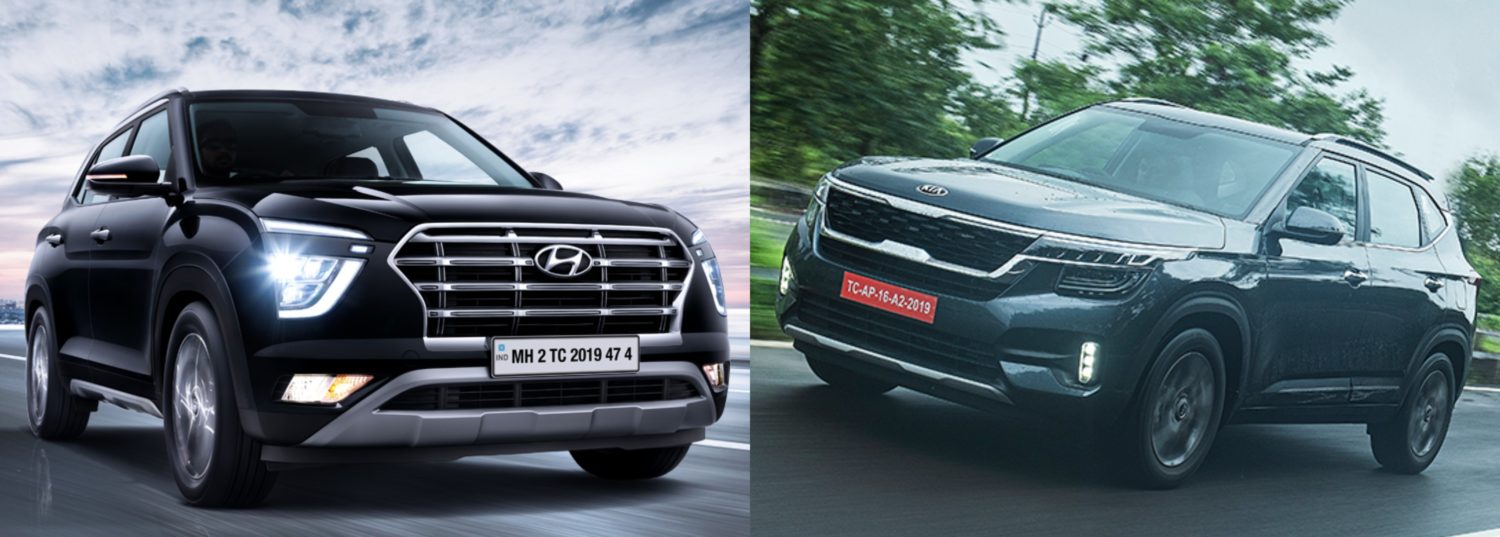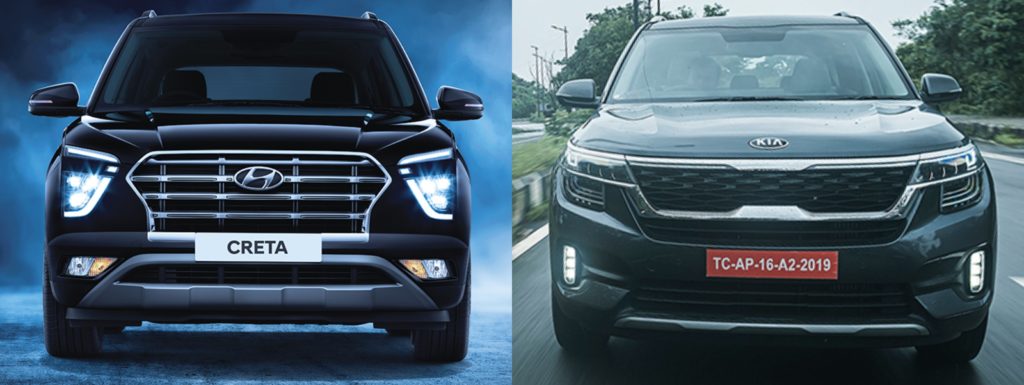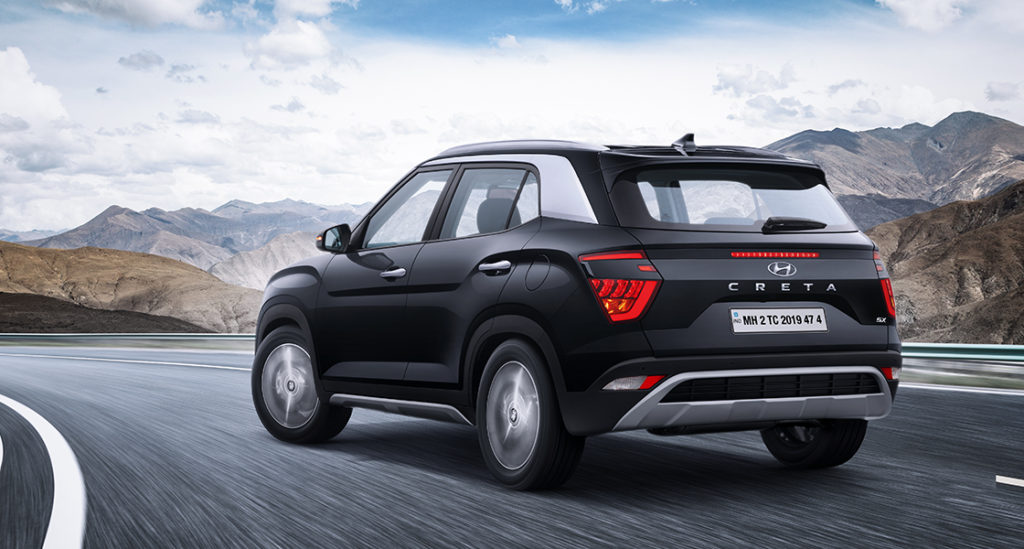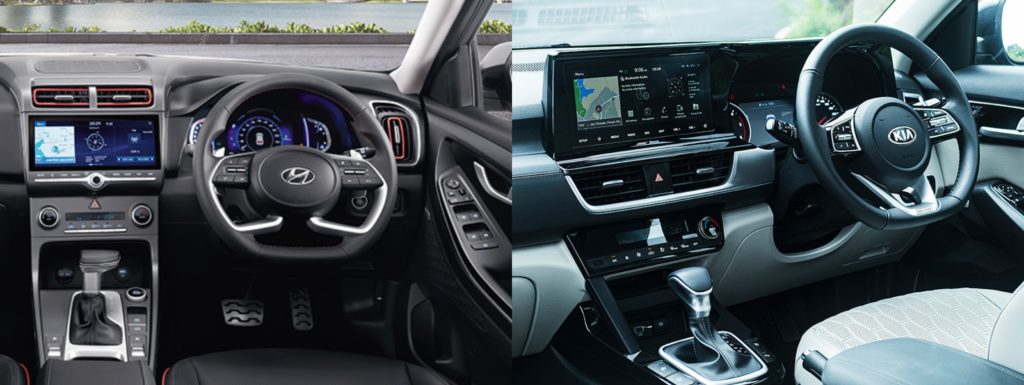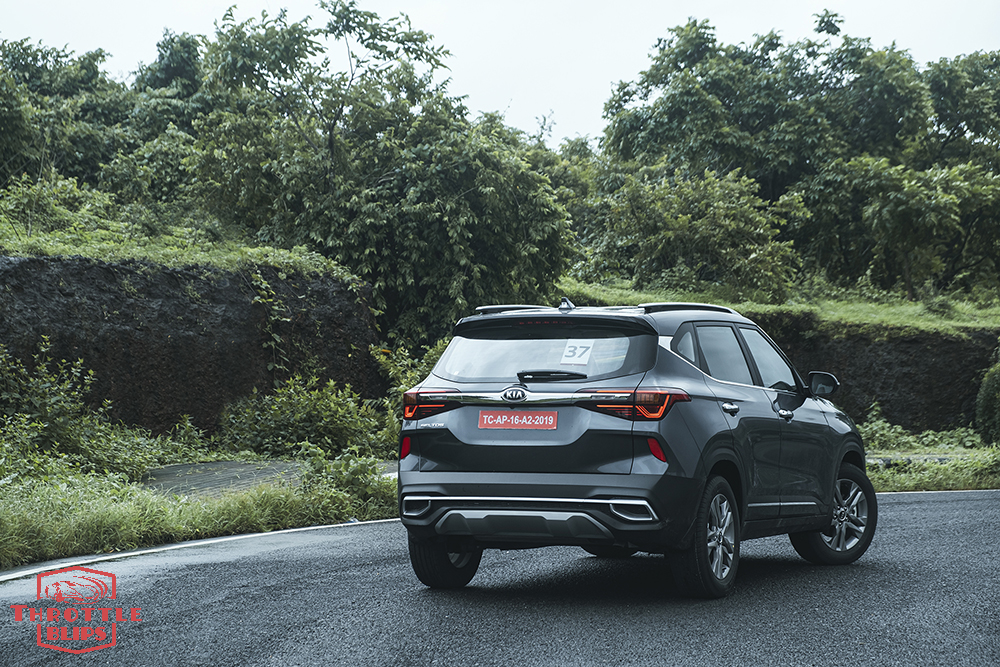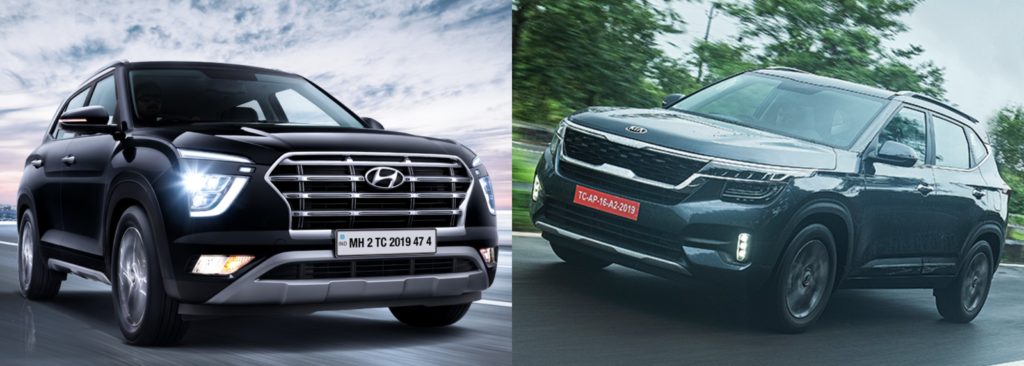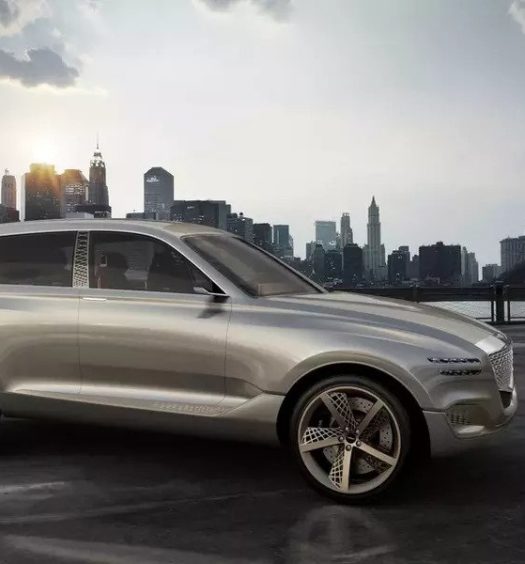Looking for a compact SUV today, you have quite a few options to choose from. There is the Duster from Renault which started this segment where newcomers like the Tata Harrier and MG Hector have joined. However, when you talk about numbers, the Hyundai Creta was on top, until recently when it was dethroned by its own sibling, the new Kia Seltos. With its new-age design and huge feature list, the Seltos overtook the Creta, but for how long will the Kia stay ahead? With the Creta given a much-needed update, the buyer is faced with quite a hard decision to make with such closely priced and specced cars. Let us try to break these two closely priced and specced cars to help you make the final call amongst these siblings.
If we talk about performance, both these SUVs come with the same engine and transmission options. There is a 1.5-litre naturally aspirated petrol motor and a 1.5-litre oil burner, both generating 115 PS of peak power. Additionally, a 1.4-litre turbocharged petrol is on offer, which, with 140 PS is aimed at enthusiasts. Apart from a manual transmission, there is a different type of automatic gearbox option available with all three engines. The 1.5-litre petrol gets a smooth and refined CVT gearbox while a torque converter handles the heavy torque of the diesel. A quick-shifting DCT is offered with the 1.4-litre turbo petrol.
But if you were to look at these cars side by side, apart from the dimensions nothing would seem similar. While the Kia follows the trend of bumper-mounted headlights, it does so in a rather understated manner. The bright LED light strip looks neatly done and makes the Kia stand out in the darkness. The rear too is quite sophisticated in design and the creases holding the reflectors lend the car a sporty look. The Creta, on the other hand, draws inspiration from its elder sibling, the Palliside. The tri-beam LED headlamps look unlike anything you would see on the road and the three-piece tail light is also quite unique.
Another differentiating factor between these two cars is the equipment on offer. The Creta, being the newer car comes with additional features, which include a voice-controlled panoramic sunroof, an electronic parking brake with an auto-hold function, paddle shifters and a rear headrest cushion. The Seltos, however, has one party trick up its sleeve in the form of a heads up display. The Seltos also gets LED turn indicators and fog lamps upfront unlike the halogen lit units in the Creta. Apart from these differences, the cars are quite similarly equipped, with features like an air-purifier, bose speaker system, a touch-enabled infotainment screen with multiple connectivity options and the works.
In terms of pricing, the cars are not too far apart. Both the cars have multiple variants to choose from and the pricing for similarly equipped variants is more or less the same, with the advantage going a bit towards the Creta in the higher end variants and the lower variants of the Seltos are more competitively priced.
So in conclusion, which car should you go for? If you are somebody who likes to be behind the wheel, the Seltos, in its sporty GT Line avatar should be on the top of your list. However, if you are going to spend your time on the back seat, the cushioned rear headrest and the large panoramic sunroof would be more appealing. That said, with both these cars you would indeed get a reliable product which would be rather inexpensive to maintain and features not seen even in certain premium category cars. No wonder, these two SUVs have held the throne for the highest sales numbers in their respective segment and shall continue to do so.
Author: Videh Vora

